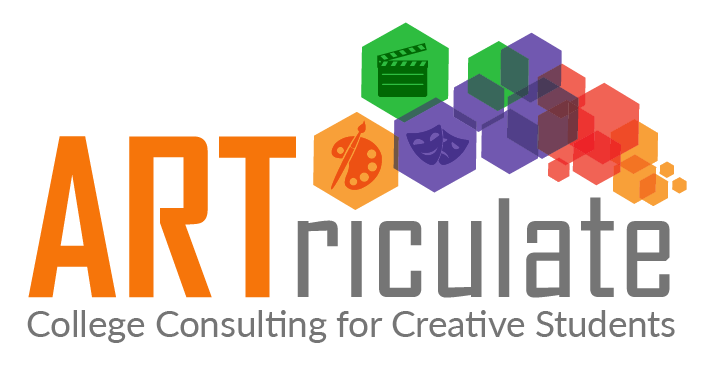Judging the Scholastic Art Competition
For the past few years I’ve had the fantastic honor to be a Scholastic Art and Writing Competition judge. I’ve judged various categories including Art Portfolios (graduating high school seniors), Film & Animation, ceramics, comic illustration, photography, painting and digital art for a several regions in the competition. As one of a three judge panel I was privileged to select works for Honorable Mention, Silver Key, and Gold Key, the latter of which are then forwarded to New York City to be assessed at the national level. These artworks are then judged at the national level for possible awards of Portfolio Silver Medal, and Portfolio Gold Medal which bestows $10,000 unrestricted cash grant scholarships to the winners.
Needless to say, the works we judged were at the highest levels of creativity, craftsmanship, and content. Even more impressive, the Art Portfolios were comprised of eight pieces all of which had to relate to each other to present a unified artistic vision.
Works are judged based on three criteria:
Originality – While many of the works were produced based on classroom/teacher prompts, the better works pushed boundaries and showed an exploration of materials, techniques, and/or themes that were clearly the result of the artist’s individual vision, experience, and skills.
Technical Skill – In addition to the content of the works, we paid close attention to the technical aspects of the art, as well as to their final presentation, moving works to the next award category as their technical mastery showed to be more inventive or original.
Emergence of a Personal Voice or Vision – We wanted to learn something about the artist, their successes and their struggles. Who they are as an individual with a fresh idea.
What I learned:
The title and description of your work helps the viewer interpret your vision, especially if no additional information is provided. Think and be intentional here, don’t let them be an afterthought.
When submitting a portfolio of work, pieces should to relate to each other, in subject, in voice, and/or in concept. This isn’t to say that all the work must be in a series, but a portfolio with 10 – 12 random works lacks the cohesiveness that a unified body of work presents and therefore doesn’t tell the reviewer a story.
Bold and sophisticated personal voice and vision are key to successful portfolios. If you can tell a story with your work and draw on the emotion of the viewer, your work will be viewed more favorably. We were looking for fresh ideas.
Don’t be afraid to be amusing. Not every artwork needs to be angst filled to be successful. We awarded several pieces which made us laugh, made us feel good, and frankly we wished there were more of these.
When photographing your work for submission do NOT photograph your signature. For some categories a visual signature disqualifies a piece as they are supposed to be anonymously judged and often a local teacher is on the judging panel possibly preventing unbiased judging.
I highly recommend submitting work to Scholastic, or to any other art competition. Registration for each year’s Scholastic Art Competition opens in September and you do NOT have to have your work submitted by your teacher or your school.
